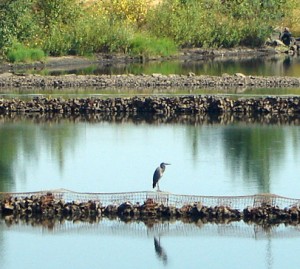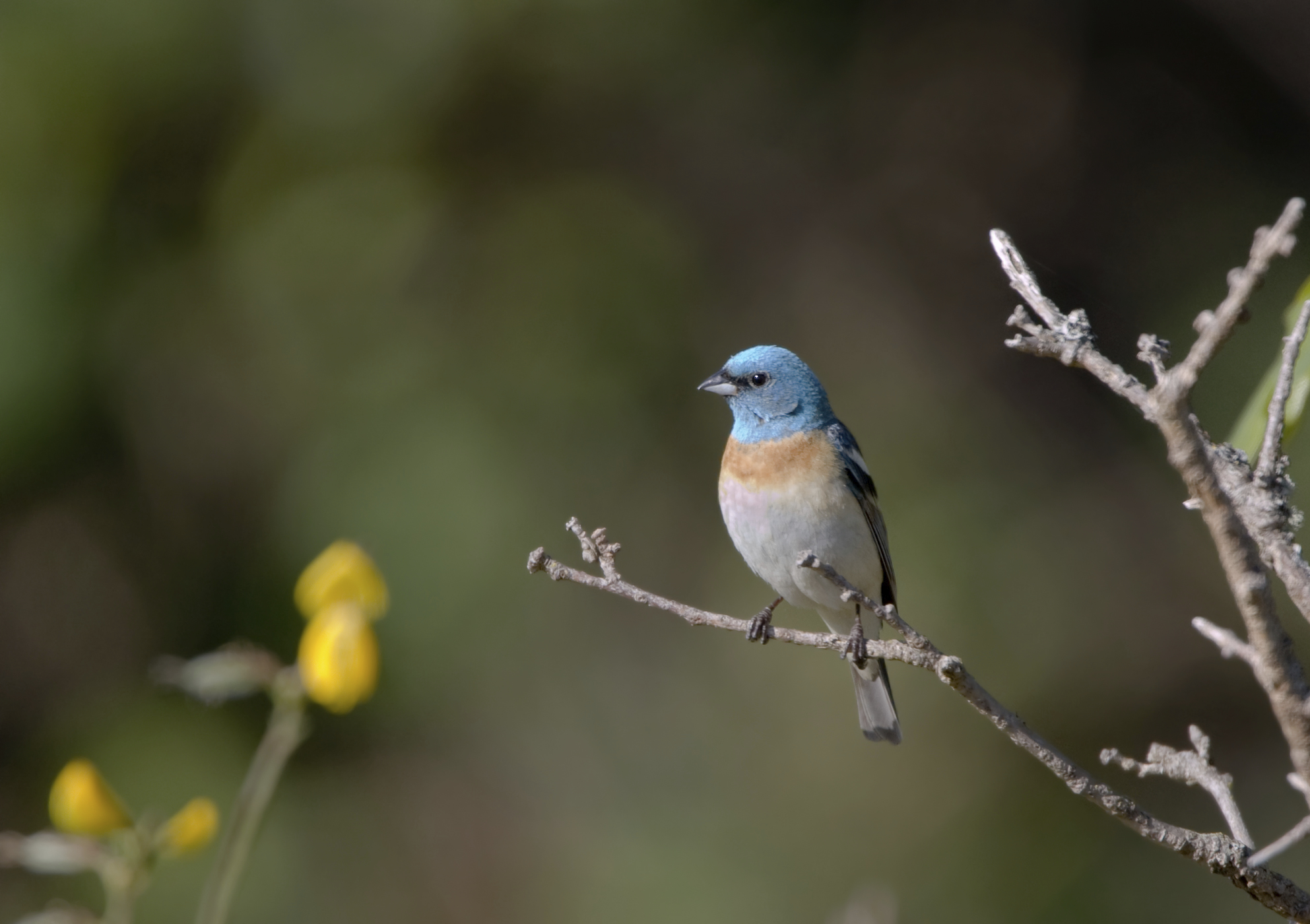Sustainability has come to the forefront in the wake of increased global understanding that economics, environmental health and human well-being are interconnected and interdependent. The Port of Vancouver USA has taken a leadership role in understanding and promoting sustainability, including how we approach habitat management.
Natural Resource Mitigation

Mitigation efforts, which include enhancement, restoration, creation and preservation of trees, wetlands and riparian areas, are aimed at offsetting unavoidable impacts due to development and are required as a condition of many permits issued under state and federal law.
The port in partnership with Clark County Mitigation Partners, LLC. and Ducks Unlimited created the Columbia River Wetland Mitigation Bank, the first of its kind in Clark County. Located on the north side of Lower River Road, the bank provides a highly effective way to preserve valuable habitat and ensure responsible development by improving wetlands in the Lower Columbia River watershed. The Columbia River Wetland Mitigation Bank enhances approximately 78 acres of wetlands, creates an additional 25.5 acres of wetlands and improves other natural areas including songbird habitat.
Units of restored, created, enhanced or preserved wetlands resulting from wetland mitigation banking are expressed as “credits,” and can then be purchased by both public and private sectors to offset development impacts to wetlands within a pre-approved service area. The service area for the Columbia River Wetland Bank extends from the Cowlitz River to Bonneville Dam and extends inland up the Columbia River tributaries to where the tidal influence from the Columbia River ends.

Bird-Safe Program
The port’s location along the Pacific Flyway, a north-south migratory flight path, coupled with its proximity to the Columbia River and Vancouver Lake Lowlands, makes the area ideal habitat for many types of migratory and resident birds. It also increases the importance of bird-safe buildings, a concept based on the link between avian injuries and building strikes.
Efforts to reduce the potential for avian building strikes at select port buildings include installation of non-reflective coverings on the exterior of high-risk windows. The coverings allow staff working inside the building to see out but present a visible and physical barrier to our passing avian friends.
For more information about what you can do to protect birds, download our Bird-Safe Program flyer or email port Environmental Project Manager Matt Harding.
3103 NW Lower River Road, Vancouver, WA 98660
PHONE360-693-3611 FAX360-735-1565 EMAIL info@portvanusa.com
SCROLL
